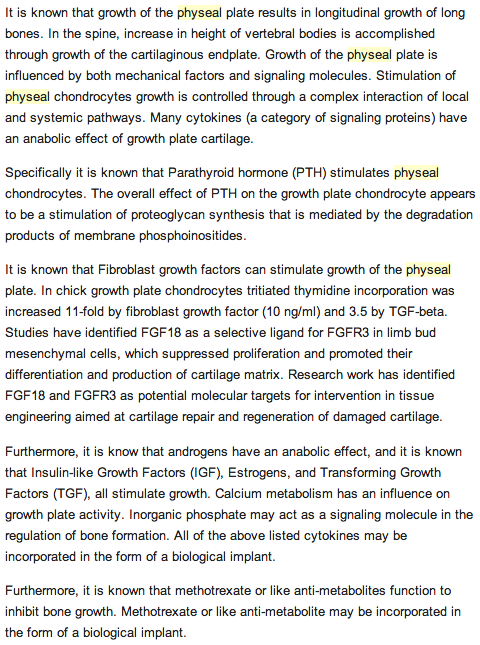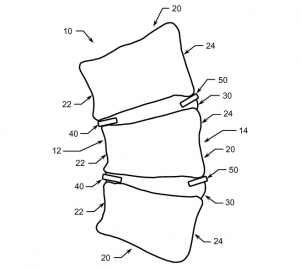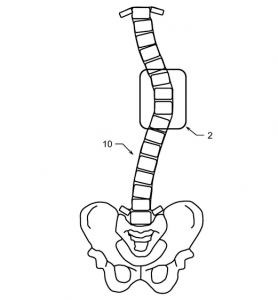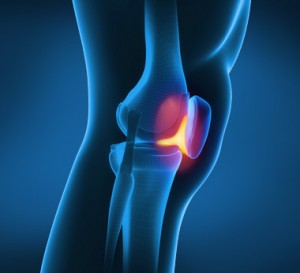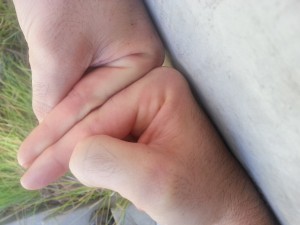Take This Easy To Obtain Supplement To Gain Lean Muscle, Stay Young Longer and Maybe Grow Taller
For the longest time, the online community which are searching for way to grow taller have been orally consuming supplements of amino acid types for over a decade, ever since people started to get together and form discussion groups. I have never found any type of evidence to believe them on the amino acids, but a recent find has made me reconsider. On the Dr. Oz website, there was one article entitled “Natural Growth Hormone Boosters” which claimed that there are at least two things you can eat or take which is supposed to help increase the amount of HGH that is naturally produced and released into the body. They are…
- Fenugreek
- L-Arginine – Dosage: 2 grams, 3 times a day
There is a 3rd suggested idea which the Dr. Oz website mentioned, which is to use a Sleep Mask when sleeping. the reasoning is that when you wear a sleep mask, there will be less light that will reach your eyes, which will help with triggering melatonin for a much deeper, better, more restful sleep.
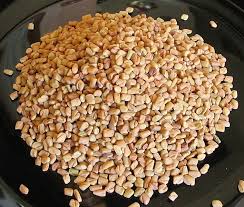 First, let’s talk a little about Fenugreek. This compound is most often associated with increased milk production in new mothers who are breastfeeding. It seems that if the mothers consume fenugreek, they will produce more milk for the babies. You can google for the relationship between increased lactation and taking fenugreek. That issue, I won’t be going into. If I tried to really extend that thought process, maybe taking Fenugreek would be for the growth of the baby since the mother will be able to product more milk for consumption and maybe be able to breastfeed their baby for slightly longer.
First, let’s talk a little about Fenugreek. This compound is most often associated with increased milk production in new mothers who are breastfeeding. It seems that if the mothers consume fenugreek, they will produce more milk for the babies. You can google for the relationship between increased lactation and taking fenugreek. That issue, I won’t be going into. If I tried to really extend that thought process, maybe taking Fenugreek would be for the growth of the baby since the mother will be able to product more milk for consumption and maybe be able to breastfeed their baby for slightly longer.
There is also some anedoctal evidence that taking fenugreek is good for looking weight, can combat diabetes, increase estrogen levels, and even increase male libido levels. It is sold in bottles as a compounds which has similar effects to testosterone, but that doesn’t seem to be based on the real science. So that marketing is lying about that part.
It is the other supplement which I wanted to focus on, which has been talked about extensively before. L-Arginine. Apparently this amino acid when taken at about 6 grams a day does have some type of beneficial effect on HGH production and release. I am not a person who is always willing to accept medical physician’s suggestions at face value, but the fact that it was stated on the Dr. Oz’s website for increasing GH production does give it a little more credibility.
When I did only a slight Google Search on the connection between Arginine oral consumption with increased HGH production, I did find this study “Growth hormone, arginine and exercise.” The dosage there was 5-9 grams of Arginine.
What is really interesting here is that if you are at rest and take L-Arginine, the GH levels increase 2-fold, 2X. Compare it to exercise, and the increase would be maybe 4-5 fold. However, when you combine the amino acid with exercise, the GH production dropped to being just 3 fold. The conclusion in that article was that arginine might have some GH production inhibition effect when it is used in combination with exercise. Exercise alone seems to be much better than using it with this amino acid supplement.
I propose then that if an adolescent or teenager who is still growing should only take this supplement if they are too busy to have an active lifestyle where they are getting a lot of exercise. If they are already in some sports team and running around taking this supplement would do more harm than good in terms of increasing height.
What is probably the insane anecdotal story ever, in one thread on the BodyBuilding forum “Boosting HGH w/ L-Arginine & L-Glutamine” which referenced an article written by a guy named Jerry Emanuelson entitled “Arginine”
I clipped and pasted the sections of biggest interest below.
It is the last passage which is most interesting, as one girl supposedly grew 1 more inch in height at the age of 19 after taking 10 grams of the Arginine for a whole week. Of course, she became nauseous from the high dosage. Is this type of weak anecdotal stories based on real events, where people did grow taller? I don’t know, but there seems to be some unusual things going on.




